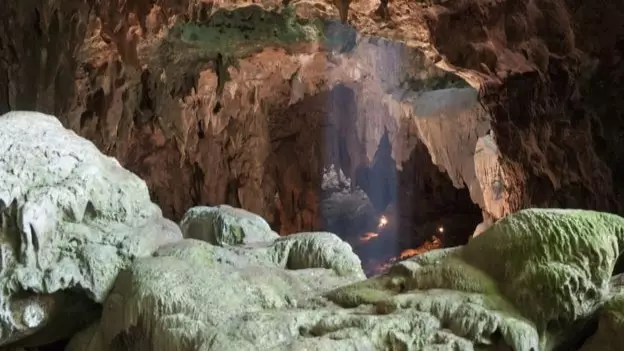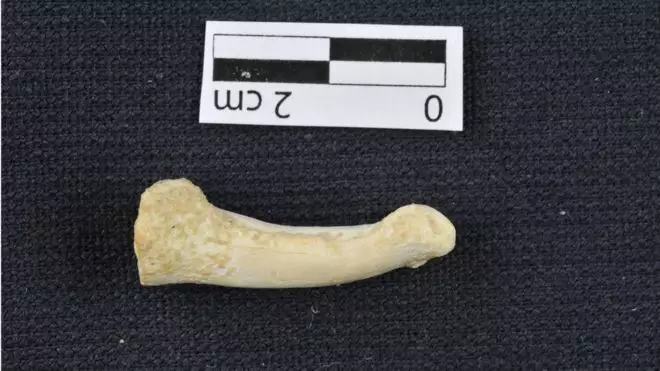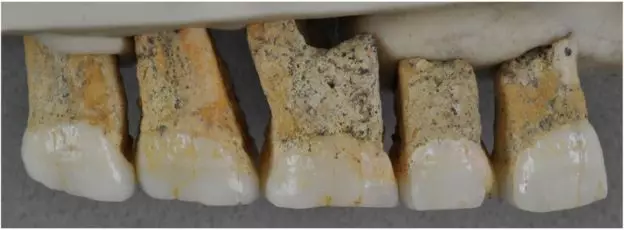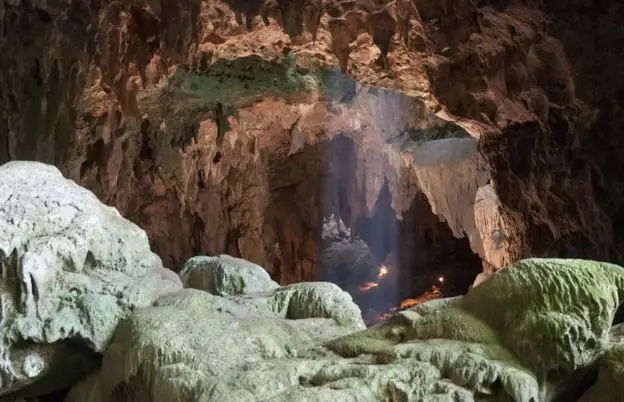
Scientists in the Philippines have discovered the remains of an entirely new extinct species of human in a cave.
This distant ancestor of ours is being known as Homo luzonensis because it was found on the Filipino island of Luzon. Basically, the newly discovered species is a mix of both older and more recent types of human in terms of physical features.
This is important because it could be a vital piece of evidence that proves that early humans left Africa and reached South East Asia. That's something that hasn't even been considered possible before now.
Exciting stuff, isn't it?

In fact, that particular part of the world is quite interesting to begin with in terms of human evolution. It seems as if a decent few - perhaps even more than three - species of human ancestor might have lived in the area at the time that our direct descendants arrived.
That would have included Homo floresiensis - better known as the 'Hobbit' people. They lived on the island of Flores in Indonesia until about 50,000 years ago.
One scientist, Professor Chris Stringer, from the National History Museum, said: "After the remarkable finds of the diminutive Homo floresiensis were published in 2004, I said that the experiment in human evolution conducted on Flores could have been repeated on many of the other islands in the region.
"That speculation has seemingly been confirmed on the island of Luzon... nearly 3,000km away."
Fascinating.

So, what exactly do we know about our new great-great-great-great (you get the picture) uncles and aunties?
Well, in the Callao Cave they found thirteen remains between 67,000 and 50,000 years old. The remains included teeth, bones from hands and feet, and something that seems to be a leg bone.
These bones belonged to at least three adults and younger people.
From these, they can determine that Homo luzonensis would have been pretty similar to us, but also sharing some characteristics with other upright walking apes called australopithecines who were in Africa several million years ago.
We've learned from looking at their curved toe and finger bones that they likely had to do a lot of climbing.

What is really interesting is that if these guys are that similar to australopithecines, that means they left Africa to reach Asia, fundamentally altering our current scientific account of which of our ancestors left Africa first.
We thought it was Homo erectus who left Africa 1.9m years ago, but this suggests otherwise. Oh, and Luzon could only have been accessible from the ocean. How did pre-humans even get there in the first instance?
So many questions.
Featured Image Credit: Florent DetroitTopics: Science, News, Technology